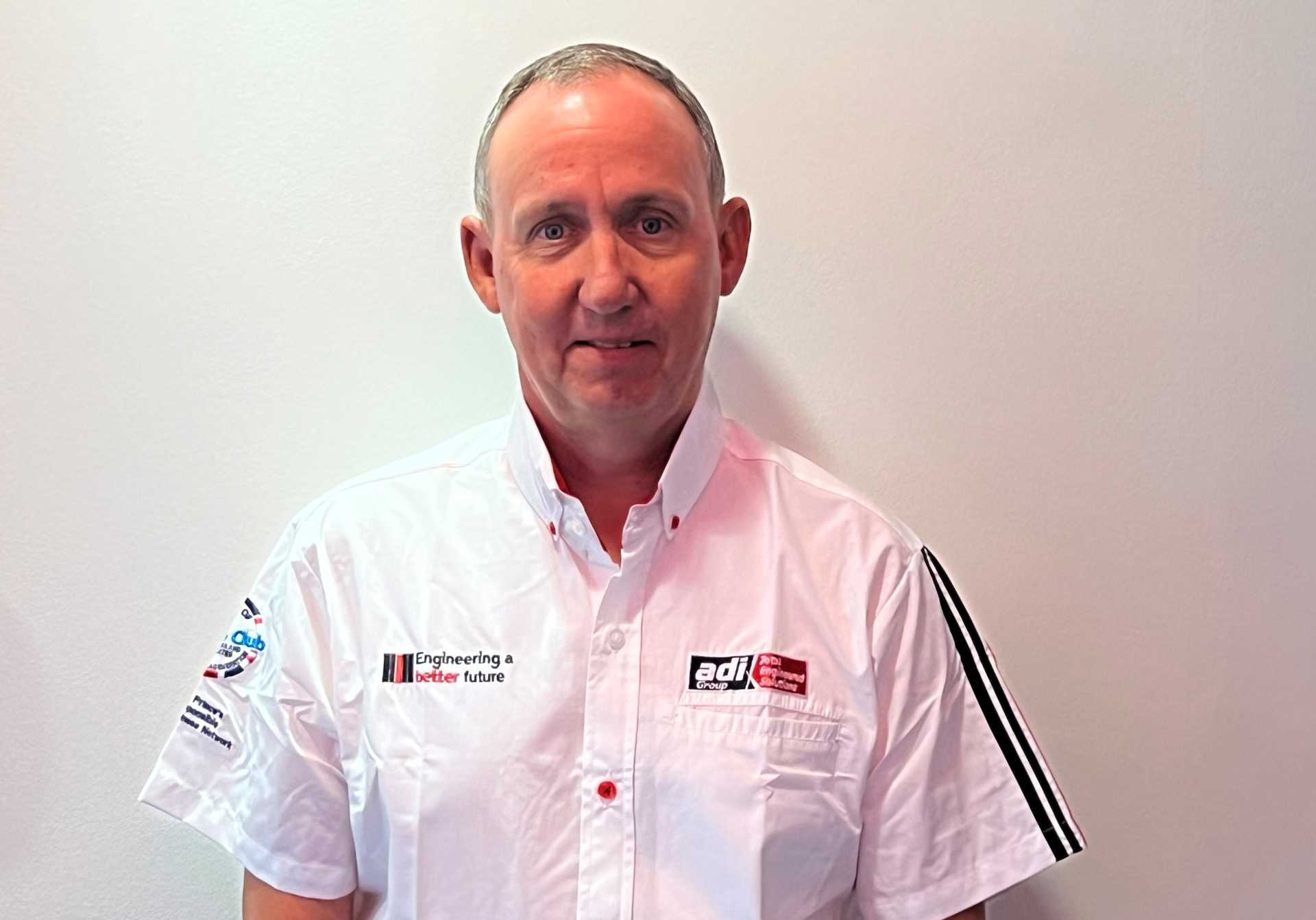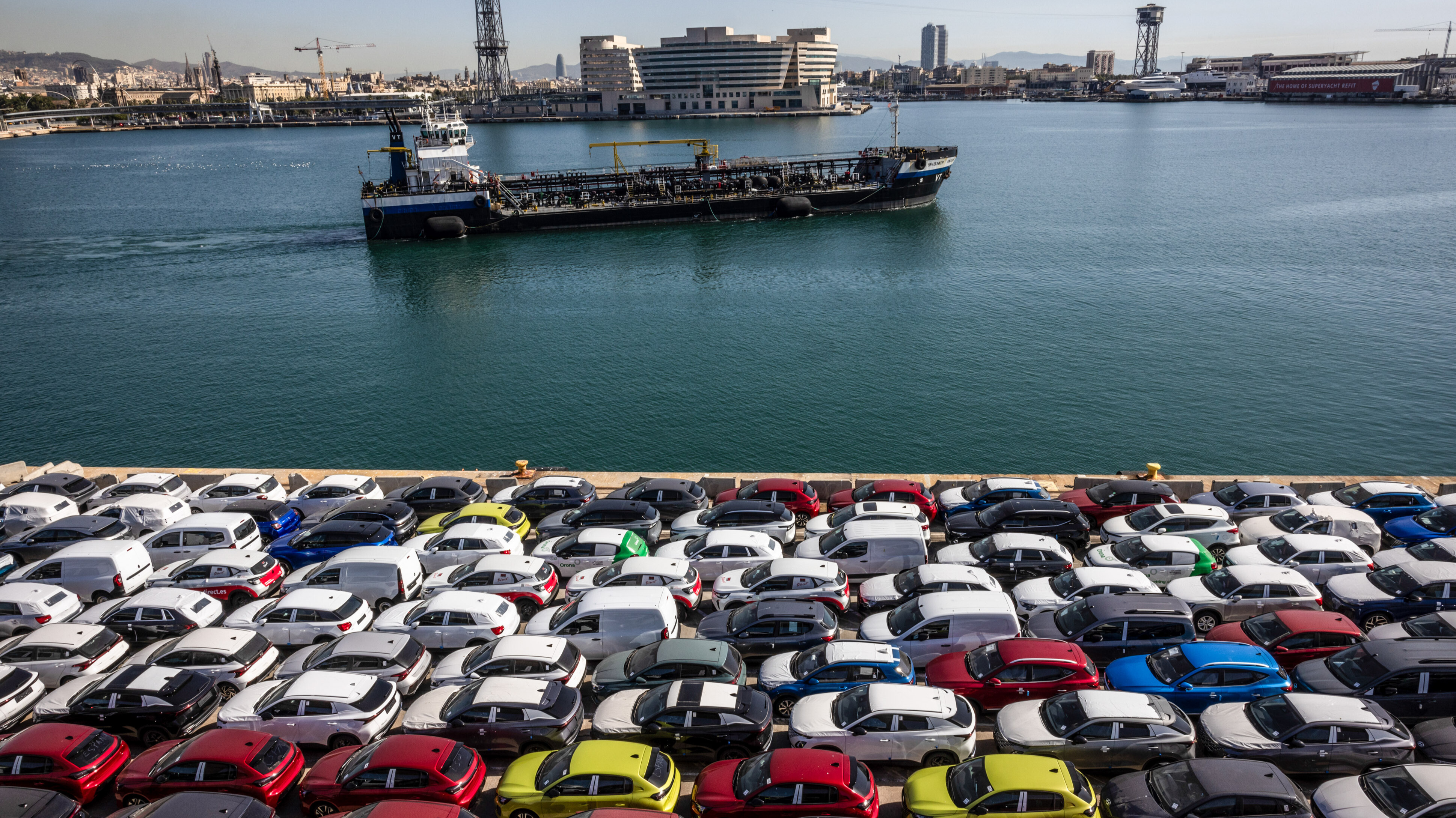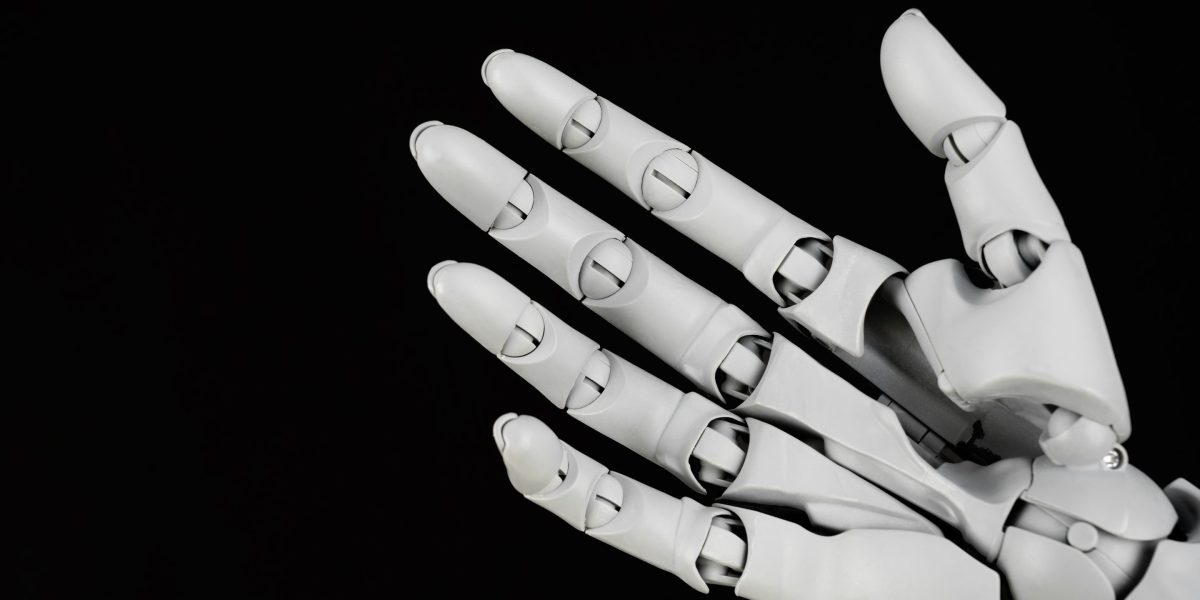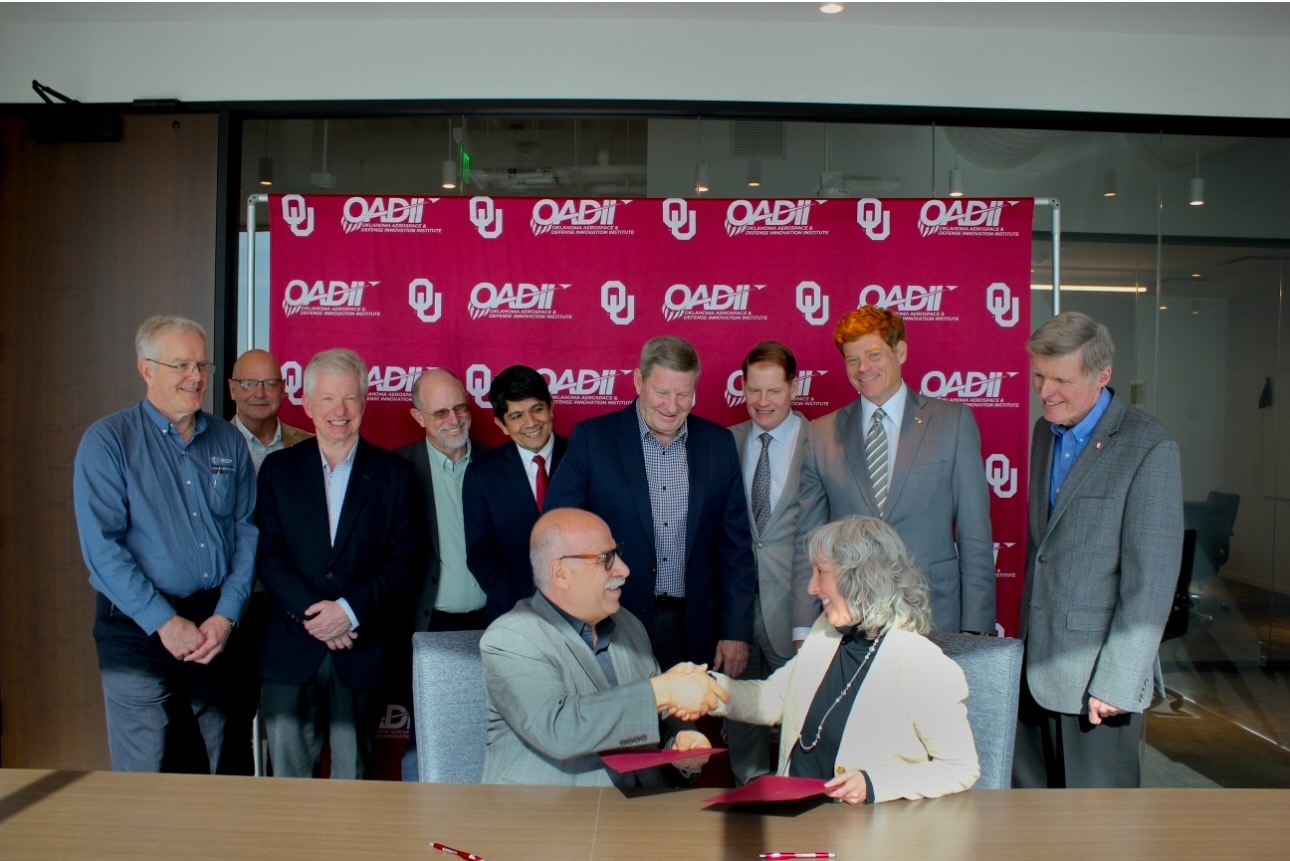Revolutionizing 3D Printing: Creaform's Breakthrough in Digital Design Conversion
Manufacturing
2025-04-13 22:01:16Content
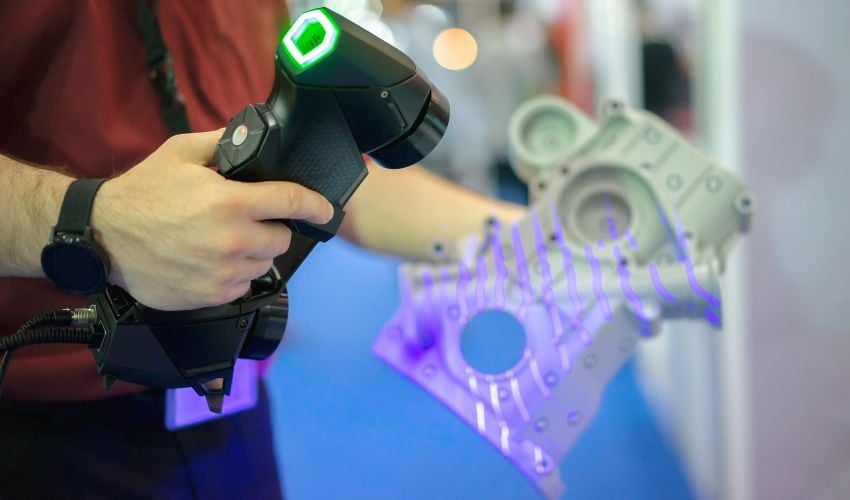
Bridging the Digital Design Gap: Scan-to-CAD Technology Revolutionizes 3D Printing and Scanning
In the rapidly evolving world of digital manufacturing, the seamless transition from physical objects to digital designs has become a game-changing capability. Scan-to-CAD solutions are emerging as the critical bridge that connects 3D scanning and 3D printing technologies, transforming how designers and engineers approach product development and reverse engineering.
These innovative tools allow professionals to capture real-world objects with precision 3D scanners and effortlessly convert the captured data into editable CAD models. By eliminating the traditional barriers between physical and digital realms, Scan-to-CAD technologies are empowering creators to reimagine, redesign, and reproduce complex geometries with unprecedented ease and accuracy.
Whether you're a product designer looking to modify existing prototypes, an engineer seeking to recreate legacy parts, or an innovator exploring new design possibilities, Scan-to-CAD solutions provide the technological flexibility to turn imagination into reality. The future of digital manufacturing is here, and it's more accessible and powerful than ever before.
Revolutionizing Design: The Transformative Power of Scan-to-CAD Technology in Modern Manufacturing
In the rapidly evolving landscape of digital manufacturing, technological innovations continue to break down barriers between physical and digital design realms. The convergence of 3D scanning and computer-aided design (CAD) represents a groundbreaking frontier that is reshaping how engineers, designers, and manufacturers conceptualize and transform complex physical objects into precise digital models.Unlock the Future of Digital Transformation with Cutting-Edge Scanning Solutions
The Technological Paradigm Shift in Digital Replication
Modern manufacturing is experiencing a profound metamorphosis driven by advanced scanning technologies. Traditional methods of converting physical objects into digital representations have been notoriously complex and time-consuming. Scan-to-CAD solutions emerge as a revolutionary approach, bridging the gap between physical artifacts and digital design environments with unprecedented precision and efficiency. The intricate process involves capturing comprehensive three-dimensional data points from physical objects, transforming them into manipulable digital models that can be refined, analyzed, and reproduced with remarkable accuracy. This technological breakthrough eliminates numerous manual intervention steps, dramatically reducing human error and accelerating product development cycles.Precision Engineering: Understanding Scan-to-CAD Workflow Dynamics
The sophisticated workflow of scan-to-CAD technologies encompasses multiple intricate stages that demand advanced computational capabilities. High-resolution 3D scanners capture millions of data points, creating a comprehensive point cloud representation of the original object. Specialized software algorithms then process these point clouds, converting them into intelligent, editable CAD geometries. Engineers and designers can now reverse engineer complex components with unprecedented speed and accuracy. From aerospace engineering to medical device prototyping, these technologies enable professionals to digitally reconstruct and modify intricate physical structures that were previously challenging to replicate digitally.Industrial Applications and Transformative Potential
Across diverse industrial sectors, scan-to-CAD solutions are revolutionizing design and manufacturing processes. Automotive manufacturers leverage these technologies for rapid prototype development, while aerospace engineers utilize them for complex component restoration and optimization. Medical device designers can now create patient-specific implants with millimeter-level precision. The technology's versatility extends beyond traditional manufacturing domains. Archaeological preservation, cultural heritage documentation, and forensic investigations increasingly rely on these advanced digital replication techniques to capture and preserve intricate physical details with unprecedented fidelity.Technological Challenges and Future Innovations
Despite remarkable advancements, scan-to-CAD technologies continue to face significant challenges. Complex geometries, reflective surfaces, and intricate textures can still pose computational challenges. Ongoing research focuses on developing more sophisticated algorithms capable of handling increasingly complex scanning scenarios. Machine learning and artificial intelligence are expected to play pivotal roles in future scan-to-CAD developments. Predictive algorithms could potentially automate more aspects of the digital conversion process, further reducing human intervention and increasing overall efficiency.Economic and Environmental Implications
The economic potential of scan-to-CAD technologies extends far beyond immediate design applications. By enabling more efficient product development, reducing material waste, and facilitating rapid prototyping, these innovations contribute to more sustainable manufacturing practices. Companies investing in these technologies can significantly reduce research and development costs, accelerate time-to-market, and create more customized, precise products. The environmental benefits include reduced material consumption and enhanced resource optimization across various industrial sectors.RELATED NEWS
Manufacturing

Cavco Streamlines Brand Identity: One Name, Unified Manufacturing Powerhouse
2025-03-15 13:30:23
Manufacturing
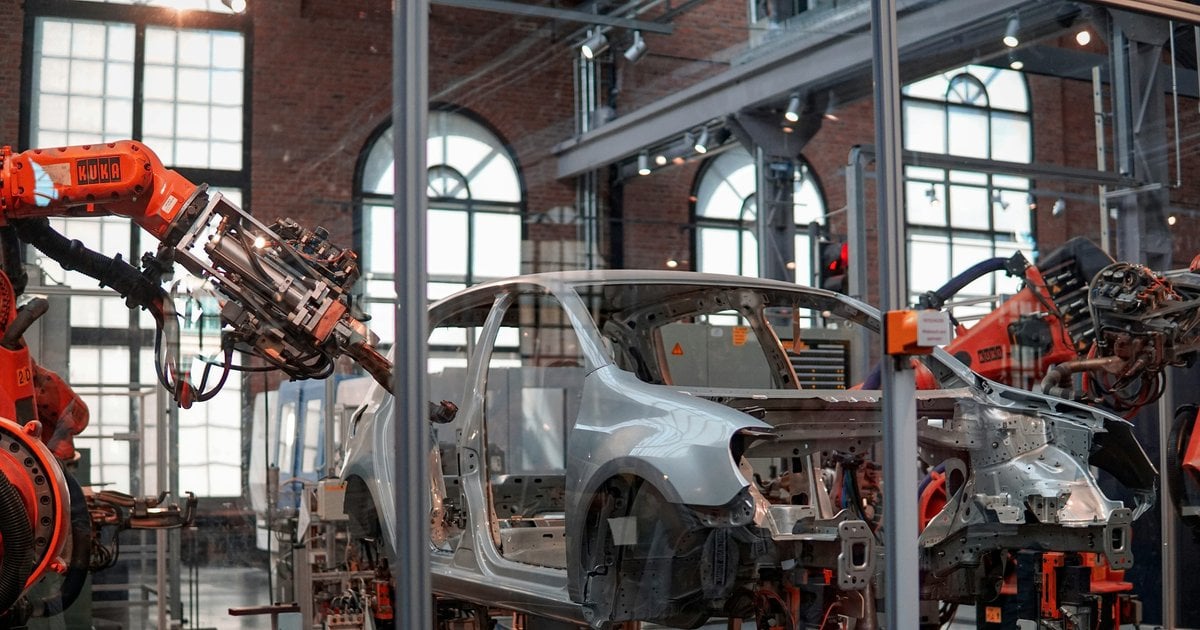
Digital Dinosaurs: How Clinging to Legacy Systems Could Kill Your Business Overnight
2025-04-09 08:00:24
Manufacturing

Florida's Future Takes Flight: DeSantis Fuels Tech Education with Manufacturing and Aviation Boost
2025-04-23 16:55:27
